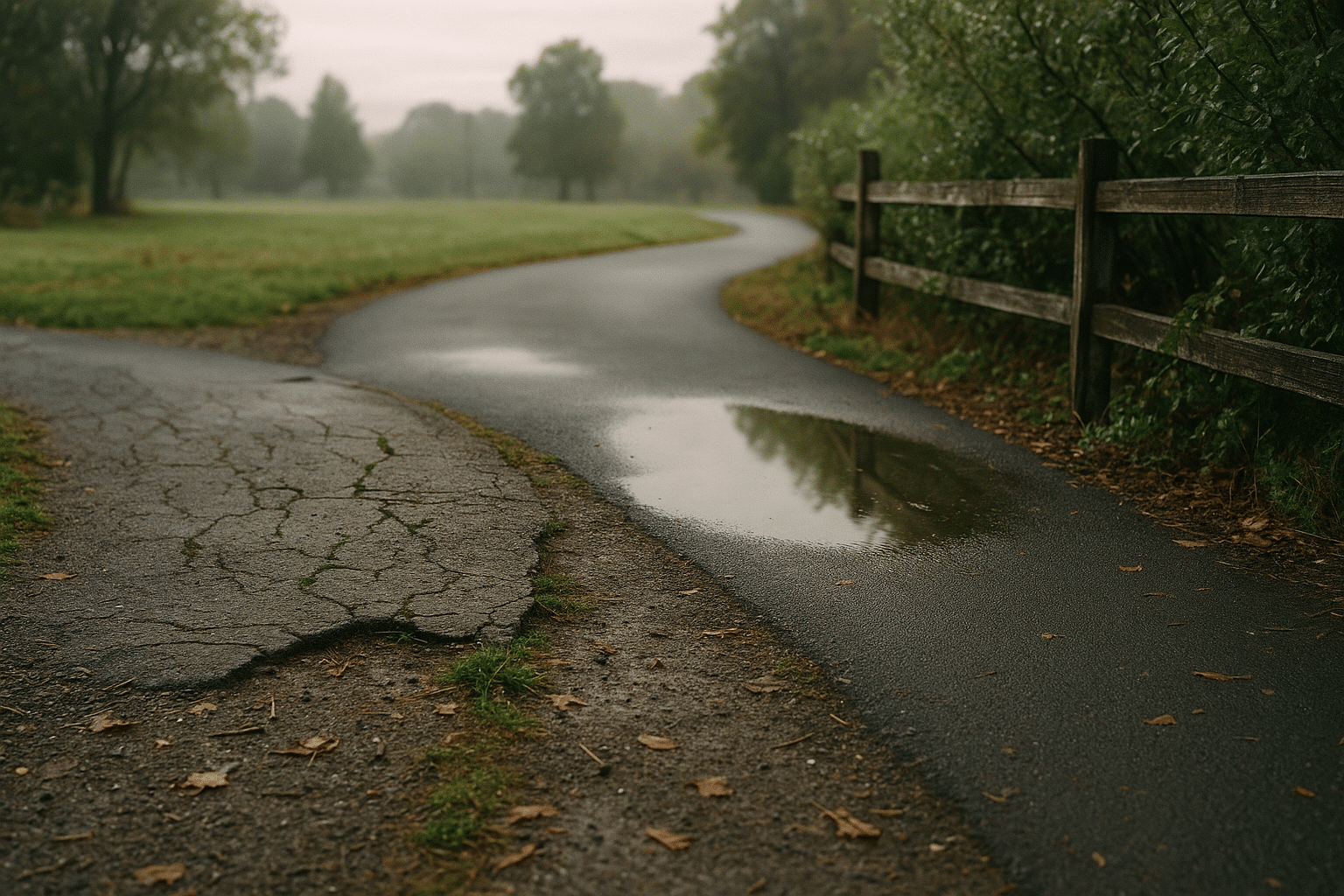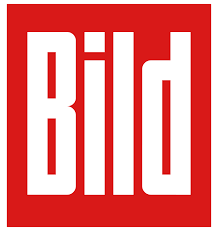
Understanding Social Change: How Communities Evolve and Adapt
Introduction
Society is not a fixed portrait; it is a moving panorama. Neighborhoods rise and settle, customs shift, and institutions recalibrate. In one decade, a new transit line can redraw a city’s map of opportunity; in another, an aging population can reshape schools, healthcare, and housing. Understanding how change happens—and how communities adapt—helps residents, educators, and planners make choices that are more inclusive and resilient. The stakes are tangible: economic mobility, public health, cultural vitality, and shared trust all hinge on how we navigate social transitions.
Outline
– Section 1: Demographics in Motion—Age, Migration, and Urbanization
– Section 2: Technology and Work—From Factory Floors to Cloud Desks
– Section 3: Culture and Identity—Norms, Narratives, and Belonging
– Section 4: Institutions and Policy—Rules, Rights, and Public Goods
– Section 5: Resilience and Civic Engagement—How Communities Adapt
Demographics in Motion: Age, Migration, and Urbanization
Demography is the quiet architect of social change. Shifts in birth rates, life expectancy, and migration patterns alter how communities look, work, and vote. Globally, people are living longer, and in many regions, families are having fewer children. This combination means a growing share of older adults and relatively fewer young workers. Projections suggest that the proportion of people aged 60 and above will continue rising for decades, affecting everything from pension funding to neighborhood design (think benches, curb cuts, and access to clinics). At the same time, urbanization continues: a significant majority of the world’s population is expected to live in cities by mid-century. This density can spur innovation and economic dynamism, but it also raises complex challenges around housing affordability, congestion, and environmental stress.
Migration adds another layer. People move for safety, work, education, and climate resilience. Some towns experience population decline as residents head to fast-growing metro areas; others receive newcomers who infuse energy, skills, and cultural richness. The outcomes depend on how well communities plan for change—language access, recognition of foreign credentials, and flexible housing supply can turn demographic shifts into shared gains. Consider a coastal region facing climate pressures. A sustained trickle of inland migrants can escalate into a steady flow if storms intensify and insurance costs rise. Schools adjust enrollment and support services; health systems plan for older patients; local employers cultivate training programs for evolving labor needs.
The impacts often appear in everyday details:
– A library that extends hours and adds language-learning programs as newcomers arrive.
– A transit hub redesign that prioritizes step-free access for older adults and caregivers with strollers.
– A zoning update that enables more varied housing types—duplexes, accessory units, and mid-rise apartments—to accommodate a mix of ages and incomes.
Balancing these trends requires foresight. Communities that continually review demographic data—median age, dependency ratios, migration flows—can calibrate services and investments. Importantly, demographic change is not destiny. With thoughtful planning, places can support multi-generational living, welcome new neighbors, and sustain a sense of belonging even as the population evolves.
Technology and Work: From Factory Floors to Cloud Desks
Technology has always reorganized society, but today’s shifts are unusually fast and distributed. Automation can streamline repetitive tasks, while digital tools enable collaboration across time zones. Remote and hybrid work expanded rapidly in recent years, reshaping commuting patterns, downtown foot traffic, and neighborhood retail. In many regions, internet adoption has surpassed two-thirds of households, though quality and affordability vary. Where connectivity lags, gaps in education, telehealth, and economic opportunity deepen. Communities on the leading edge of digital access often see new micro-businesses and knowledge sectors; those left behind face compounding disadvantages.
The labor market is also reconfiguring. Service jobs are evolving with new platforms, while logistics and warehousing expand to meet e-commerce demand. In manufacturing, sensor-rich equipment and predictive maintenance change skill requirements from manual operation to oversight and data interpretation. Workers with adaptable skills—communication, problem-solving, digital fluency—navigate transitions more smoothly. Training ecosystems that blend short credentials, apprenticeships, and on-the-job learning help align local talent with emerging roles. A practical comparison illustrates the point:
– A region that invests in community broadband, shared work hubs, and short-cycle tech training can diversify its economy and reduce commuting burdens.
– A region that relies solely on legacy industries without skills modernization may face stagnant wages and out-migration of younger workers.
Technology’s social footprint extends beyond jobs. Public services—from permit applications to health referrals—are increasingly digitized. This can reduce wait times and expand access, but only if interfaces are clear and alternatives exist for residents with limited connectivity. Cybersecurity, privacy, and algorithmic fairness have become civic concerns, not just technical ones. To avoid unintended harm, communities can adopt transparent guidelines for data use, give residents accessible channels for feedback, and conduct regular audits of digital tools used in public decision-making.
The bottom line is balance. Embrace efficiency and innovation while investing in inclusion. Practical measures include device lending at libraries, neighborhood digital navigators who offer one-on-one support, and employer partnerships that co-design training pipelines. These steps help ensure that the productivity gains of technology translate into broad-based opportunity rather than a widening digital divide.
Culture and Identity: Norms, Narratives, and Belonging
Culture is the lens through which communities interpret change. It lives in language, food, sports, faith, festivals, and the stories people tell about where they’re from and where they’re going. As populations become more diverse, local norms evolve. This can produce creative fusion—new art forms, cross-cultural businesses, and shared traditions—as well as friction when expectations clash. What reduces friction is not sameness but fair process: clear rules of engagement, space for dialogue, and visible respect for different ways of life.
Media ecosystems amplify this dynamic. Residents increasingly consume information through personalized feeds, which can create echo chambers. When neighbors hold different narratives about the same event, trust can fray. Counteracting this requires neutral, accessible public forums—library-led discussions, school-community panels, or neighborhood storytelling nights. The goal is not to erase disagreement but to humanize it. Consider how public spaces reinforce belonging: a plaza that hosts multicultural markets, a park with signage in multiple languages (icons can help bridge literacy gaps), or a community kitchen that rotates cuisines. Small, repeated gestures of inclusion build a wider sense of “us.”
Culture also intersects with material realities. A city’s music scene benefits from sound regulations that protect venues and neighbors; a street-food tradition thrives when licensing is navigable and safe; heritage districts flourish when preservation guidelines and housing affordability move in tandem. Practical moves that support healthy cultural life include:
– Flexible permitting for community events, paired with simple safety checklists.
– Micro-grants for youth arts and intergenerational projects.
– Shared-use agreements that open school auditoriums or faith halls for public programs.
Above all, belonging is an outcome of repeated positive contact. When people collaborate—coaching a youth team, tending garden plots, or organizing block cleanups—trust grows. That trust matters when crises hit, whether a heatwave, a flood, or a sudden plant closure. Communities with dense networks of “weak ties” often coordinate faster, because someone knows someone who can help. Culture is not an accessory to social change; it is the connective tissue that makes adaptation possible.
Institutions and Policy: Rules, Rights, and Public Goods
Institutions translate community values into durable practice. Schools, transit agencies, utilities, courts, and public health departments shape daily experience through rules and investments. Policy choices—zoning, tax structures, benefit eligibility, procurement—create incentives that ripple for decades. For example, rules that allow a mix of housing types can stabilize rents and shorten commutes; transit designs that prioritize frequency and reliability can widen access to jobs and education; health policies that fund prevention reduce costly emergencies later on. When residents understand how these levers work, they can advocate more effectively for outcomes that match local priorities.
Budgeting is where values meet trade-offs. A dollar spent on flood mitigation might save multiple dollars in disaster response; a dollar on early literacy can yield long-term gains in graduation and earnings. Transparent processes—public dashboards, plain-language summaries, and open meetings—build legitimacy. So do feedback loops: surveys in multiple languages, child care at hearings, and online comment options for those who cannot attend in person. In regions where trust in institutions has thinned, consistent, small acts of responsiveness can rebuild it. Examples include pilot programs with clear evaluation criteria, public posting of performance metrics, and independent oversight for sensitive systems like social services or law enforcement.
Policy also governs how innovations scale. A city interested in energy-efficient buildings might offer expedited permits for upgrades and small incentives for weatherization. A region seeking safer streets might adopt design standards that slow traffic near schools and senior centers. The mechanics matter:
– Set measurable targets, such as reductions in commute time or household energy burden.
– Publish timelines and responsibilities so residents can track progress.
– Evaluate results annually and adjust course when goals are not met.
Importantly, fairness is a strategy, not only a value proposition. When public goods—clean air, reliable transit, safe parks—are broadly accessible, communities are more cohesive and economically productive. Policies that consider equity from the start tend to reduce costly corrections later. Clear rules, consistent enforcement, and inclusive participation form the backbone of institutions that help society weather change.
Resilience and Civic Engagement: How Communities Adapt
Resilience is the capacity to absorb shocks and turn them into opportunities for learning and renewal. It is built long before a crisis arrives, in the habits of neighbors and the routines of local organizations. Think of a heatwave: do residents know who is vulnerable on their block? Are there shaded routes to a cooling center? Do text alerts reach households without smartphones? Practical preparation reduces harm and accelerates recovery.
Civic engagement converts concern into coordinated action. It can be as formal as serving on a planning commission or as informal as a weekly park meetup to swap skills—from fixing a leaky faucet to navigating school applications. What works tends to be simple, local, and recurring. Consider a checklist for neighborhood resilience:
– Map resources: clinics, water stations, charging outlets, and accessible shelters.
– Build phone trees and multilingual messaging templates for emergencies.
– Train block captains in basic first aid and crisis communication.
– Maintain shared supplies: extension cords, fans, blankets, and flashlights.
Economic resilience grows from diversified local enterprise. Community markets, cottage food producers, tool libraries, and repair cafes keep value circulating locally. Public-private collaboration can support pop-up retail, seasonal hiring fairs, and shared commercial kitchens that lower start-up costs. Meanwhile, education providers can align short courses with local demand—energy retrofitting, caregiving, logistics coordination—so residents can pivot quickly when industries shift.
Social resilience thrives on repeated, positive contact across differences. Mixed-age programs—youth tutoring older adults on digital skills in exchange for career mentoring—build mutual respect. Cultural exchanges, neighborhood walks, and storytelling circles make it easier to ask for help when it matters. A touch of creative spirit helps: a lantern night that lights a newly restored trail, a mural that marks the community’s shared values, or a seed swap that turns strangers into co-gardeners. These traditions weave strength into the ordinary, so that when the extraordinary arrives, people are already in the habit of showing up for one another.
Conclusion: Practical Takeaways for Residents and Local Leaders
Social change is constant, but communities can steer it with care. Track demographic shifts to plan services, bridge the digital divide with practical supports, nourish cultural life through inclusive spaces, align policies with clear goals and transparent metrics, and practice resilience every week, not just during crises. Consider starting with one concrete action:
– Host a monthly skill-share at a library or community hall.
– Advocate for accessible transit, safe crossings, and flexible housing options.
– Build a neighborhood contact list and check on vulnerable residents during heat or cold snaps.
Small, steady steps compound. Over time, they shape places where people feel safe, seen, and able to pursue their ambitions. That is the quiet power of society in motion: a shared commitment to adapt together, so that change becomes a path to opportunity rather than a source of fracture.

